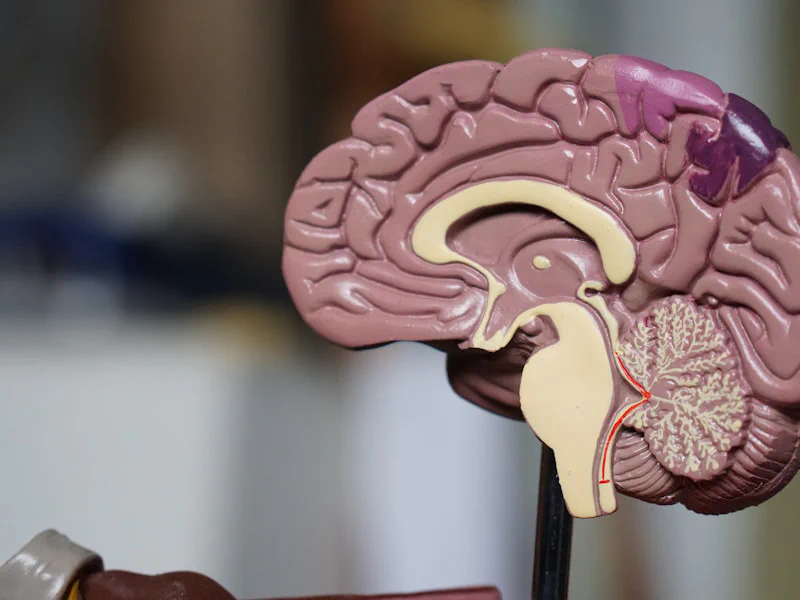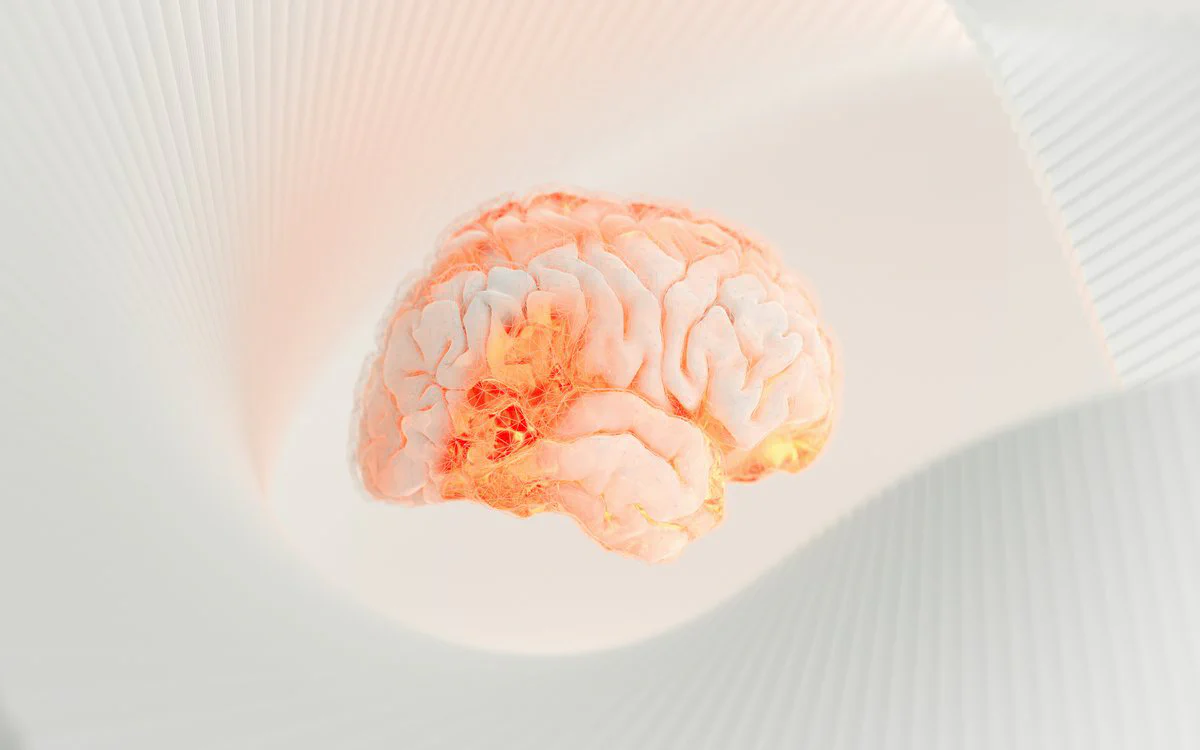Neuroscience of Gazing and Focus
Info
🧠 Scientific insights into how the simple act of gazing at a candle can reshape focus, brain activity, and mental clarity.
🧭 Introduction: Why Study the Neuroscience of Gazing?
In today’s overstimulated world, attention is fragmented, and mental clarity is difficult to maintain. The ancient practice of Tratak, or candle gazing, offers a surprisingly simple yet powerful method of reclaiming our attention span. While traditionally rooted in yogic and spiritual disciplines, Tratak is now drawing interest from the scientific community, particularly in the fields of cognitive neuroscience, visual processing, and meditation research.
Why? Because focused visual attention, the kind that Tratak cultivates, plays a critical role in executive function, emotional regulation, and sensory integration. This article explores how sustained gazing affects brain function—specifically, how it influences brainwave activity, visual circuits, and neuroplasticity—and how it compares to other well-researched meditation techniques.

👁️ Visual Fixation: The Foundation of Tratak
Tratak relies on visual fixation, a fundamental component of visual attention. In neuroscience, visual fixation refers to maintaining a steady gaze on a single point while suppressing saccades (rapid, involuntary eye movements). This reduction in saccadic behavior helps the brain streamline sensory input, minimizing visual distractions and promoting a state of mental quietude.
Research shows that visual fixation activates the superior colliculus and frontal eye fields, both of which are involved in oculomotor control and attentional selection. Additionally, the posterior parietal cortex—a key region in the dorsal attention network—coordinates top-down attention and spatial awareness. This is supported by the foundational Posner & Petersen (1990) model, which outlines how different attention networks are recruited during focused tasks.
👉 Interesting Tidbit: Prolonged visual fixation can reduce the load on working memory by simplifying the sensory environment. This creates a window of enhanced focus, sometimes referred to in yogic terms as “ekagrata”, or single-pointed attention.
🧠 Brainwaves and Attention States
Tratak’s effects on the brain can be measured through electroencephalogram (EEG) studies. A 2021 study published in Frontiers in Psychology by Raghavendra et al. demonstrated that after just 10 minutes of Tratak, participants showed a statistically significant increase in alpha (8–12 Hz) and theta (4–7 Hz) brainwave activity. These states are associated with calm wakefulness, creativity, and access to subconscious imagery.

The same study observed that participants also performed better on the Corsi Block Tapping Task, a test of spatial memory and working memory capacity. The authors concluded that Tratak not only promotes mental calm but may also enhance cognitive flexibility and information retention.
👉 Key Insight: An increase in alpha waves reflects a shift from high-alert, stress-induced beta activity toward a more integrative brain state. This is particularly relevant for those struggling with anxiety or cognitive overload.
🔁 Neuroplasticity and Habitual Focus
Neuroplasticity refers to the brain’s ability to rewire itself through repeated experiences and focused practice. While most research on meditation-induced plasticity focuses on mindfulness and breath awareness, there is growing evidence that visual meditation practices like Tratak can produce similar adaptations.
A 2023 master’s thesis by Rajni Garg at VAYU USA assessed the effects of a two-week Tratak tele-yoga program on visual strain and mind-wandering. Using standardized tools like the Visual Strain Questionnaire (VSC) and Mind Wandering Questionnaire (MWQ), the study found statistically significant reductions in both variables (VSC p = 0.002; MWQ p < 0.001). These improvements suggest Tratak helps the brain maintain attentional stability even in distraction-prone environments.
👉 Scientific Context: Repeated engagement of the frontoparietal attention network during Tratak likely strengthens the neural pathways responsible for executive control and reduces reliance on the default mode network—the brain’s “idle” system known to be overactive in stress and rumination.
🧘 Tratak vs Other Focus-Based Meditations
Tratak distinguishes itself by using an external visual object—typically a flame—as the anchor for concentration. This contrasts with many other forms of meditation that focus on internal anchors like the breath or a mental mantra.
| Meditation Type | Anchor | Sensory Channel | Notable Effects |
|---|---|---|---|
| Tratak (Candle Gazing) | External | Visual | Visual stillness, reduced saccades |
| Mindfulness of Breath | Internal | Somatic | Calmness, emotional regulation |
| Mantra Repetition | Internal | Auditory | Focused rhythm, verbal control |
| Open Monitoring (Vipassana) | None (open) | Multimodal | Awareness of all sensations |
👉 Neurosensory Note: Tratak is especially helpful for visual-dominant individuals, as it recruits primary and secondary visual cortices, offering a more grounded entry point into meditative absorption.

🧬 Clinical Studies and Cognitive Benefits
Beyond EEG and anecdotal reports, several studies suggest that Tratak may offer cognitive and therapeutic benefits:
- The Frontiers in Psychology study reported improvements in working memory, reaction time, and emotional regulation after daily Tratak practice.
- Bhandari et al. (2024) studied a combination of Tratak and Kapalabhati and found increased EEG complexity, a neural marker associated with cognitive flexibility and brain adaptability.
- Rajni Garg’s 2023 study confirmed significant decreases in mind-wandering and eye fatigue—issues increasingly prevalent in digital workers.
These results indicate that Tratak may be a useful adjunct for addressing digital fatigue, ADHD, generalized anxiety, and even sleep disorders, although larger randomized trials are needed to confirm long-term effects.
⚠️ Limitations and Cautions
While promising, current Tratak research has several limitations:
- Most studies are small-scale (n < 100), limiting statistical generalizability.
- Blinding and control groups are rare in these trials.
- Few studies examine long-term neural adaptations via MRI or MEG.
Moreover, improper practice—especially suppressing the blink reflex for too long—can cause eye dryness, irritation, or muscle fatigue. Beginners should avoid excessive effort and instead allow natural blinking, building gaze stamina gradually. For comprehensive safety guidance, see our safety tips guide.
👉 Practical Tip: Begin with 5–7 minutes, increase only if comfort allows, and never gaze beyond the point of strain or watering.
🌟 Conclusion: Stillness, Vision, and the Brain
Tratak is a deceptively simple but neurologically rich technique. It merges visual stillness with attentional training, producing measurable shifts in brainwave activity, attention networks, and even subjective wellbeing. As science continues to explore contemplative practices, Tratak stands out as a bridge between ancient yogic wisdom and modern cognitive neuroscience.
It’s not just about looking at a flame—it’s about using that flame to train the brain to see with clarity, stability, and depth. To learn more about the practical benefits of flame gazing, explore our comprehensive guides.
📚 References
- Raghavendra, B.R. et al. (2021). Effect of Trataka on Cognitive Performance and EEG Brainwaves. Frontiers in Psychology
- Bhandari, R. et al. (2024). Combined Effects of Trataka and Kapalabhati on EEG Waves. ResearchGate - Note: Access may be restricted
- Posner, M.I. & Petersen, S.E. (1990). The Attention System of the Human Brain. PubMed
- Goleman, D. & Davidson, R.J. (2017). Altered Traits: Science Reveals How Meditation Changes Your Mind, Brain, and Body. Avery Publishing.
- Garg, R. (2023). Tele Yoga Tratak: A Quantitative Study on Visual Strain and Mind Wandering. VayuUSA
- Fox, K.C.R. et al. (2016). Functional Neuroanatomy of Meditation: A Review and Meta-Analysis. Neuroscience & Biobehavioral Reviews.